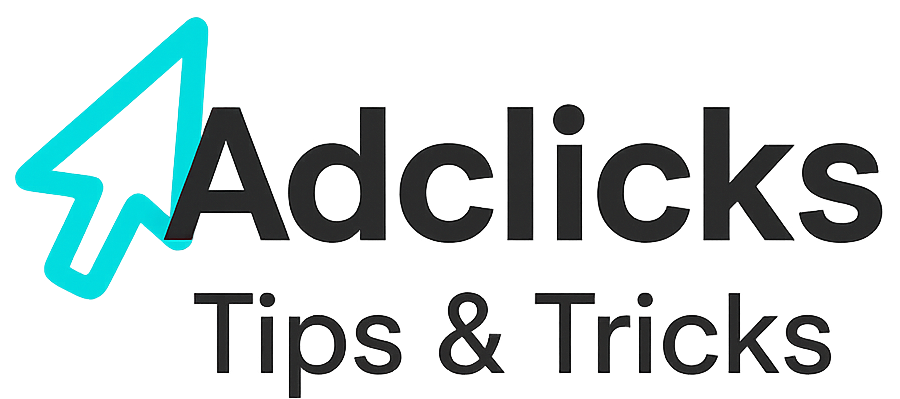Who actually uses aNobii
aNobii is a social network built for readers: people who catalog their libraries, track reading, write reviews, join groups, and discuss books. Its product pages and apps emphasize personal libraries, wishlists, ratings, reviews, and groups, with millions of titles catalogued and community activity centered on books rather than general entertainment. The platform is active on web and mobile, with maintained iOS and Android apps that foreground reviews, libraries, and discussion. aNobii’s audience is international but has a strong footprint in Italy, where the service has historically been most popular. These signals point to a community of high-intent book lovers who respond to evidence, curation, and long-form text rather than short video hooks.
Why this traffic is valuable for publishers
Readers arriving from aNobii are already primed for deep reading sessions. They click through to compare editions, check references, download bibliographies, and evaluate long-form criticism. On-site, that behavior translates into longer time on page, multiple section views, and steady scroll depth—conditions where in-content CPC/CPM placements inside articles perform best. Position Adclicks units so they appear naturally within the reading flow, not as interstitials or auto-playing elements; for this audience, tasteful, responsive units after an abstract, between major sections, and near reference tables will earn viewability without disrupting reading. Reserve video only when it clarifies the text (author interviews, close-up craft demonstrations, data walk-throughs); otherwise keep monetization text-first.
The site types that profit from aNobii encounters
Book-forward properties see the strongest lift: serious review sites, genre-specific magazines, literary blogs with annotated bibliographies, independent publishers and imprints hosting sample chapters and reading guides, bookstore sites with evergreen buying guides, author sites with research notes and reading lists, translation and language-learning blogs that annotate editions, library and archive projects with digitized materials, and study-resource sites with citation-ready summaries. What unites them is credible curation and utility for a reader who already cares about the book. Sites reliant on short-form entertainment or general lifestyle content will see weaker conversion because the click motivation on aNobii is “learn more about this book/author/edition,” not “browse for fun.”
How to establish a presence on aNobii that sends readers to you
Create a profile that mirrors your editorial stance, then build out shelves and tags that match your site’s taxonomy so book pages line up with your on-site categories. Write review abstracts on aNobii that summarize the “why read” in two or three sentences and point to a canonical, always-current article on your site for full context. Join or found reading groups whose topics match the verticals you publish, and seed discussions with genuinely helpful notes that reference your deeper resources without spamming. Use the platform’s group and book pages to anchor conversations that your longer pieces can finish, and keep your outbound URLs stable so they’re saved and shared.
Mapping content formats to aNobii click intent
Lead with formats that fit aNobii motivations: annotated reading lists by theme or period; edition comparison guides that explain translation differences, forewords, and apparatus; author timelines linked to key works; companion essays that clarify context, genre conventions, or scholarly debates; reading guides for book clubs with printable questions and further reading; bibliographies that resolve “what to read next” for a niche; lightly technical walk-throughs for craft, history, or science topics tied to specific titles. Each format should open with an answer-first abstract and then expand into sections where your Adclicks placements live inside the text rather than around it.
Link architecture and measurement that prove lift
Give every link you place on aNobii a clean, human-readable UTM pattern so you can segment sessions after they land. Build a dedicated cohort in your analytics and track the chain in order: entry to the article’s abstract, first in-content ad viewability, scroll to the reference table, and exits to related articles. If readers bounce before the first unit, tighten the abstract and move the table higher. If viewability is high but click engagement is low, extend the first section slightly so curiosity carries into the slot. If video is needed, position it directly after the paragraph that raises the question it answers; avoid auto-play. Use a simple reporting cadence that compares aNobii-sourced sessions to your baseline, and iterate copy and placement accordingly.
Localizing for where aNobii is strongest
Because aNobii use is especially concentrated in Italy, localizing pays off. Maintain Italian-language versions of key landing pages, translate abstracts and headings, and surface Italy-available editions and retailers alongside international links. Align date formats, price currencies, and edition metadata to the language of the landing page. Readers are more likely to share and bookmark when edition and translation information matches the market they shop in, and localized abstracts reduce bounce on first contact. Historical ownership and audience notes confirm this geographical bias, so it’s worth building for it if your catalog fits.
Building reading groups as durable traffic spines
Groups on aNobii are long-lived when they solve a recurring problem: “where do I start with X,” “which translation of Y,” “what to read after Z.” Create a group tied to a core evergreen on your site and run it like a seminar: scheduled threads for chapter ranges, spoiler-labeled sections, author Q&A summaries, and periodic “further reading” posts that map directly to your deeper articles. Place the canonical link to your hub at the top of each new discussion so newcomers always have the context. Keep moderation tight and the tone practical; groups that export value back to your site through references and summaries become steady referrers.
Aligning book data on-site with aNobii’s expectations
On your site, use clean ISBN-driven metadata, clear edition labeling, translator credits, and publication-year disambiguation. Readers who come from aNobii are sensitive to edition differences; matching what they see there lowers confusion and increases trust. Add skim-friendly tables for “editions compared,” “translations compared,” or “recommended sequence” and let those tables sit just above your second Adclicks unit so reading momentum flows through the placement. Where possible, include a compact bibliography at the end of the article so the page feels complete enough to bookmark and share.
Author, publisher, and bookstore use-cases that convert
Authors can use aNobii to post research notes, reading companions, and edition histories that route to their official sites for full guides and mailing list signups. Independent publishers can seed groups around backlist anchors, with site hubs hosting sample chapters, teacher guides, and annotated bibliographies. Bookstores can maintain “staff shelf” abstracts on aNobii that link into evergreen buying guides on their domains. All three cases benefit from the same on-site pattern: answer first, then place ads within reading rhythm, with optional video only where it clarifies text.
Execution details that protect reader trust while earning revenue
Keep page speed high, typography clean, and images compressed so your first impression is the answer—not a layout. Avoid interstitials, overlays, or auto-playing media that break concentration; the aNobii cohort prefers text clarity and will bounce when interrupted. Reserve any video for clear, captioned explainers; position it where the narrative naturally calls for it. Treat ad placements as part of the page’s cadence: one after the abstract, one between sections, and, if warranted, one near a reference table or conclusion. That approach earns viewability and preserves credibility with readers who clicked specifically to learn.
Getting started fast: a practical sequence
Claim or create your aNobii profile, mirror your on-site taxonomy with shelves and tags, publish a handful of two-sentence abstracts that route to your strongest evergreen articles, and join a relevant reading group to contribute meaningfully before linking your own work. On-site, refactor your top articles to open with a tight abstract, place your first in-text Adclicks unit just after it, and elevate edition/translation tables so they appear early. Add UTM tags to your aNobii links, build a cohort in analytics, and read behavior weekly for a month before making structural changes. Then iterate copy, placement, and localization where the data points.
References and entry points
aNobii web: https://www.anobii.com/en
aNobii iOS app: https://apps.apple.com/us/app/anobii/id327440393
aNobii Android app: https://play.google.com/store/apps/details?id=com.anobii
aNobii groups: https://www.anobii.com/en/groups
Background and audience signals: aNobii product and app descriptions; international usage with Italian concentration; groups as engagement core.
Relevant Links
Support: https://support.snipesearch.co.uk/
FAQ: https://adclick.snipesearch.co.uk/index.php?page=index/faq
Contact Form: https://adclick.snipesearch.co.uk/index.php?page=user/support
Stay Connected:
Snipesocial: https://www.snipesocial.co.uk/pages/snipesearch
Twitter: https://twitter.com/snipesearch_uk
Facebook: https://facebook.com/snipesearch
LinkedIn: https://linkedin.com/company/snipesearch/
YouTube: https://youtube.com/@snipesearch
Rommie Visitor Analytics: https://rommie.net/
StatCounter: https://statcounter.com/




